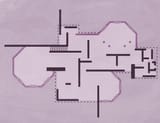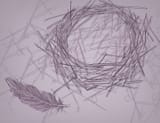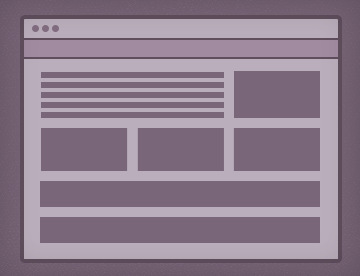
The best laid schemes for house and screens
“If you can design one thing, you can design everything” –Massimo Vignelli
My husband and I are in the midst of buying our first house together. It’s a bit of a fixer-upper but nothing too major. Our first priorities are to refinish the floors, repaint, redo the kitchen, and update the bathroom vanity. The house is nothing like the Modernist glass box I once dreamed of, but it definitely has character.


